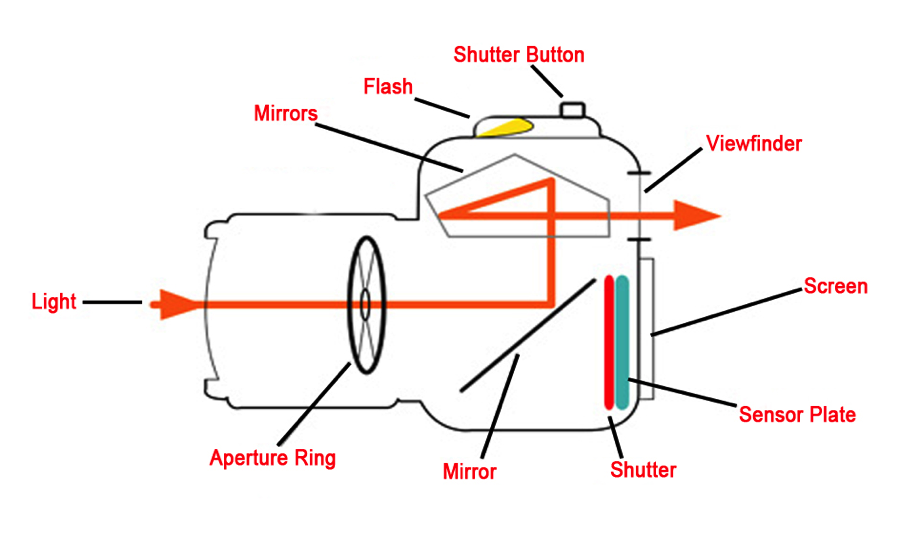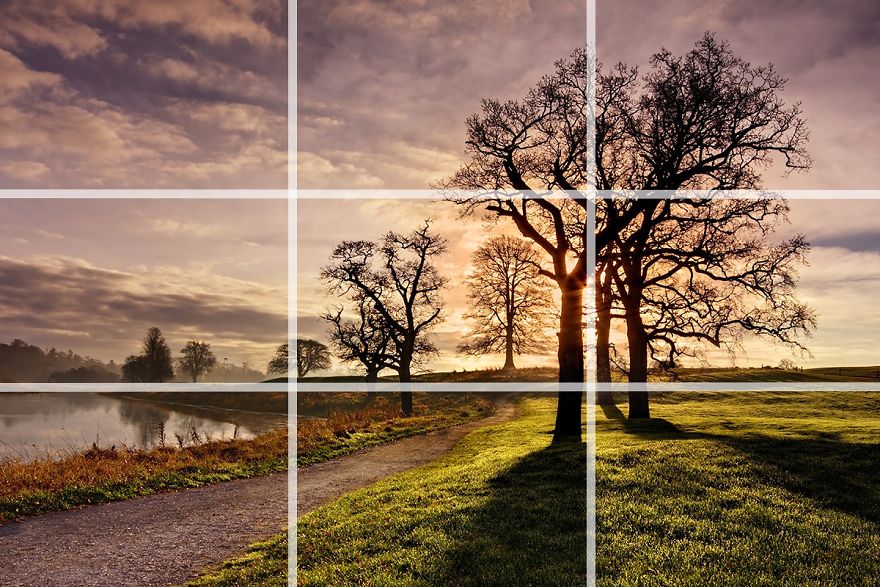How To Take Professional Photography: A Comprehensive Guide
Capturing breathtaking moments through professional photography is an art that demands skill, precision, and an understanding of various techniques. In this guide, we will delve into the intricacies of taking professional photos that stand out and leave a lasting impression. Whether you’re an aspiring photographer or a seasoned pro looking to enhance your craft, this guide will equip you with the knowledge and skills needed to elevate your photography game.
Understanding Your Camera

Selecting the appropriate camera is the cornerstone of professional photography. Opt for a high-quality DSLR or mirrorless camera with manual settings to have control over crucial aspects like aperture, shutter speed, and ISO. Investing in a camera with a full-frame sensor enhances image quality, allowing for greater detail and dynamic range.
Mastering Manual Settings
To truly take control of your photography, familiarize yourself with manual settings. Adjusting the aperture regulates the depth of field, while tweaking the shutter speed captures motion or freezes it in time. Understanding ISO sensitivity ensures optimal exposure, even in challenging lighting conditions.
Advanced Techniques
Long Exposure Photography: Unleash your creativity with long-exposure techniques. Capture mesmerizing light trails and create dreamy, ethereal effects in your photos.
Macro Photography: Dive into the world of macro photography, where small subjects become extraordinary. Learn about equipment, focusing techniques, and composition for stunning close-up shots.
Perfecting Composition Techniques

A timeless principle, the rule of thirds involves dividing your frame into nine equal parts using two horizontal and two vertical lines. Position key elements along these lines or at their intersections to create visually appealing compositions. Incorporate leading lines to guide the viewer’s gaze through your photograph. Additionally, framing your subject with elements like archways or natural surroundings adds depth and context to your images.
Nailing Post-Processing Techniques
Choose a robust photo editing software such as Adobe Lightroom or Photoshop for post-processing. These tools allow you to fine-tune exposure, adjust colors, and enhance details, ensuring your photos reach their full potential. While post-processing can elevate your photos, it’s essential to maintain authenticity. Avoid over-editing, as this can compromise the natural feel of your images. Strive for a balance that enhances without overshadowing the original essence.
Harnessing Natural Light
Natural light is a photographer’s best friend. Knowing how to utilize it effectively can significantly enhance your photos. Position your subject in a way that utilizes soft, diffused light for flattering portraits, or experiment with shadows for dramatic effects.
Choosing the Right Equipment

While a professional camera can undoubtedly elevate your photography game, don’t underestimate the potential of a well-equipped smartphone. Invest in quality lenses, tripods, and accessories that suit your photography style. The right equipment can make a substantial difference in the outcome of your shots.
Perfecting the Art of Focus
Achieving sharp focus is paramount in professional photography. Understand your camera’s autofocus capabilities and practice different focusing techniques. Experiment with manual focus to have precise control over what elements are sharp and which are intentionally blurred for artistic purposes.
Post-Processing for Perfection
Even the most skilled photographers use post-processing tools to refine their images. Familiarize yourself with popular editing software like Adobe Lightroom or Snapseed. Learn to enhance colors, adjust exposure, and fine-tune details without overdoing it.
Staying Updated with Trends
The photography landscape is constantly evolving with new techniques, styles, and technologies. Stay abreast of the latest trends by following influential photographers, attending workshops, and engaging with the photography community. Adapting to changes ensures that your work remains fresh and relevant.
Leveraging Social Media for Exposure
In the digital age, social media is a powerful tool for photographers to gain exposure and connect with a wider audience. Utilize platforms like Instagram, Pinterest, and Flickr to showcase your work, engage with followers, and explore collaboration opportunities.
FAQs
How can I improve my composition skills?
Enhance your composition by practicing the rule of thirds and experimenting with different angles. Consider taking a photography course for personalized guidance.
What is the best time for outdoor photography?
The golden hour, occurring shortly after sunrise or before sunset provides a soft, warm light ideal for outdoor photography.
How do I choose the right camera for professional photography?
Select a camera that aligns with your skill level and budget. Research features such as sensor size, megapixels, and lens compatibility.
Is postprocessing necessary for professional photos?
While not mandatory, post-processing allows for fine-tuning and enhancing your photos. Experiment with editing tools to find a style that complements your work.
How can I capture sharp images in low-light conditions?
Use a tripod to stabilize your camera, and choose a wide aperture to allow more light. Increase ISO cautiously to avoid excessive noise.
Conclusion
In conclusion, mastering the art of professional photography involves a combination of technical proficiency, compositional skill, lighting expertise, and post-processing finesse. By understanding your camera, perfecting composition techniques, mastering lighting, and refining your post-processing skills, you’ll be well on your way to capturing stunning images that resonate with viewers.















